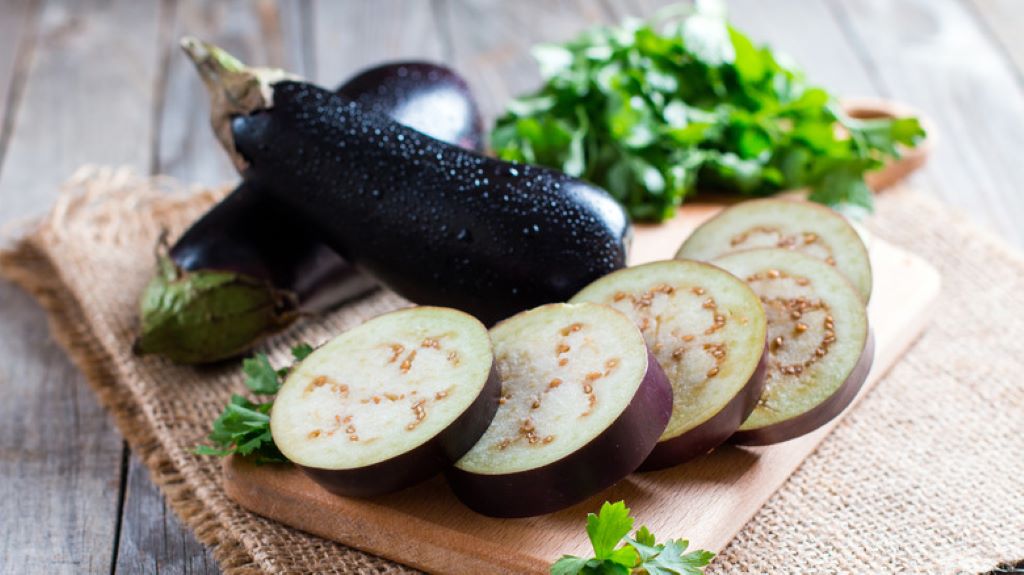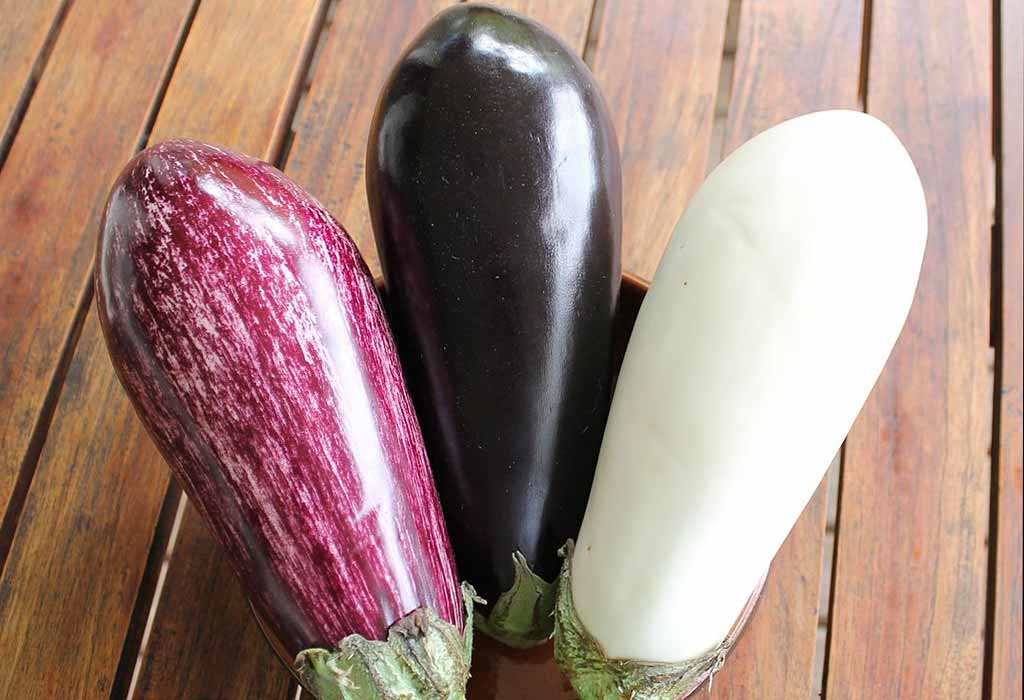
01 May The Art of Boiling Eggplants: Tips, Tricks, and Tasty Serving Ideas
Eggplant, known for its versatility, can be prepared in countless ways, including boiling. Boiling might seem simple, but mastering the boiling time, along with a few pre- and post-boiling techniques, is key to unlocking the full flavor and texture potential of this delicious vegetable. Whether you’re a seasoned cook or just starting to explore the world of eggplant dishes, this guide has all the information you need.
Why Boil Eggplant?
Before delving into the specifics of boiling time, let’s understand why you might want to boil eggplant:
- Softening: Boiling renders eggplant incredibly soft, making it perfect for mashes, dips (like baba ganoush), and blending into sauces.
- Reducing Bitterness: Some eggplant varieties can have a slight bitterness. Boiling helps to leach some of the bitter compounds, creating a milder flavor.
- Preparation for Other Dishes: Many recipes call for boiled eggplant as a base to be further seasoned, grilled, or baked.

Choosing the Right Eggplant
The perfect boiled eggplant begins with choosing the right variety and freshness:
- Types: Opt for smaller, younger eggplants like Japanese or Fairy Tale eggplants. They tend to be less bitter and have thinner skin.
- Freshness: Look for eggplants that are firm, heavy for their size, and have a smooth, shiny skin without blemishes.
Boiling Eggplant: A Step-by-Step Guide
- Prep: Wash and trim the ends of the eggplant. If desired, you can peel it, but for most dishes, leaving the skin on adds flavor and texture.
- Slice or Whole: Decide if you want to boil the whole eggplant or cut it into slices or cubes. Whole eggplants take longer to cook.
- Salt the Water: Bring a large pot of salted water to a boil (this helps draw out bitterness).
- Add Eggplant: Carefully add the eggplant (whole, sliced, or cubed) to the boiling water.
- Boiling Times:
- Whole eggplant: 20-25 minutes
- Diced or cubed eggplant: 10-12 minutes
- Sliced eggplant: 5-8 minutes
- Test for Doneness: A fork should easily pierce the flesh of the eggplant with little resistance when it’s ready.
Tips for Perfectly Boiled Eggplant
- Don’t Overcrowd the Pot: Give the eggplant pieces space to cook evenly.
- Check Water Level: Ensure the water level covers the eggplant throughout the boiling process.
- Don’t Overcook: Overcooked eggplant becomes mushy and loses its flavor.
- Immediately Drain: Drain the eggplant in a colander once cooked to prevent further softening.
Post-Boiling Techniques
- Cool and Press: If using for dips or mashes, cool the boiled eggplant slightly, then gently press to remove excess moisture.
- Season and Marinate: Boiled eggplant is like a blank canvas. Enhance its flavor by marinating it in olive oil, herbs, spices, lemon juice, or vinegar.
- Grill or Roast: Give your boiled eggplant a final boost of flavor and texture by quickly grilling or roasting it.
Read Also: Can I Fry With Sunflower Oil?
Delicious Serving Ideas
- Baba Ganoush: This classic Middle Eastern dip combines boiled or roasted eggplant with tahini, lemon juice, garlic, and olive oil.
- Eggplant Parmesan: A vegetarian twist on a classic, using boiled eggplant slices instead of chicken.
- Stuffed Eggplant: Whole boiled eggplants can be hollowed out and stuffed with flavorful mixtures of rice, meat, or vegetables.
- Eggplant Soup: Boiled eggplant adds richness and creaminess to soups.
- Eggplant Curry: Use boiled eggplant as a base for delicious and hearty curries.
Remember, practice and experimentation are key to perfecting your eggplant boiling technique. By following these guidelines and adding your own creative flair, you’ll be serving up delicious and satisfying eggplant dishes in no time!



Sorry, the comment form is closed at this time.